In the electrocardiogram shown below, which wave represents ventricular diastole ?
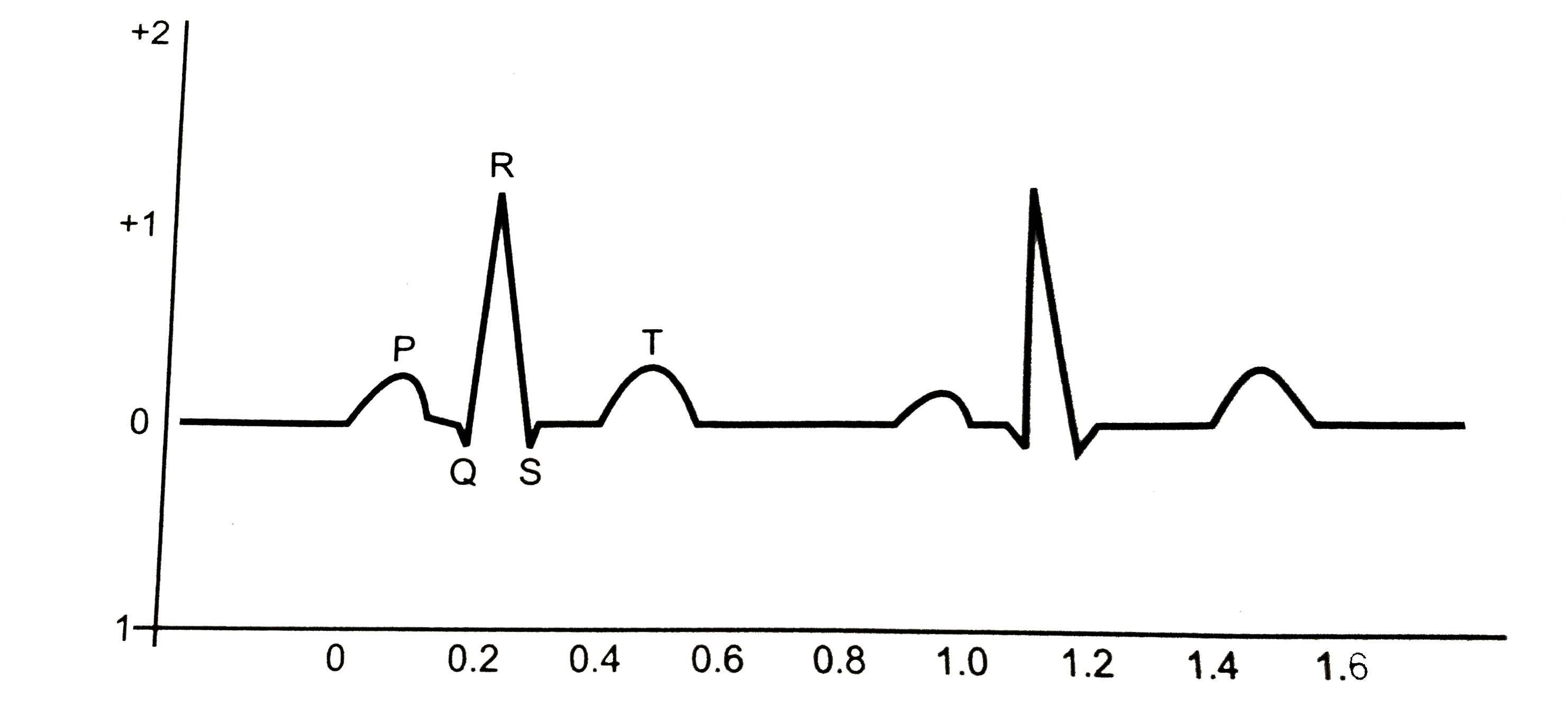
Video Solution
Text Solution
T wave represents the ventricular diastole.
|
Updated on:21/07/2023
Topper's Solved these Questions
- BOOK - GURUKUL PUBLICATION - MAHARASHTRA PREVIOUS YEAR PAPERSCHAPTER - MARCH 2015EXERCISE - section II23videos
MARCH 2015
- BOOK - GURUKUL PUBLICATION - MAHARASHTRA PREVIOUS YEAR PAPERSCHAPTER - MARCH 2014EXERCISE - SECTION - II (ZOOLOGY)26videos
MARCH 2014
- BOOK - GURUKUL PUBLICATION - MAHARASHTRA PREVIOUS YEAR PAPERSCHAPTER - MARCH 2016EXERCISE - SECTION-II24videos
MARCH 2016
Similar Questions
Knowledge Check
- Question 1 - Select One
During ventricular diastole
AThe auricles relaxBThe heart contractsCThe heart pumps bloodDThe ventricles relax - Question 2 - Select One
Look at the numbers shown below.

Which of the above numbers represent probabilities of events?Aonly (i) and (iii)Bonly (i), (ii), (iii) and (iv)Conly (ii), (iii), (iv) and (v)Donly (ii), (iii), (iv) and (vi) - Question 3 - Select One
Of the graphs shown below. which is most representative of the kinetics of ion transport through a membrane channel?
A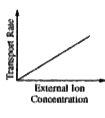 B
B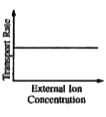 C
C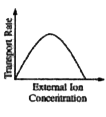 D
D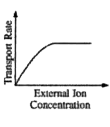
In ECG of a normal person, T-wave represents ventricular relaxation and ventricular repolarisation
View SolutionWhat does the symbol shown below represent?
 View Solution
View SolutionThe end of which wave in an ECG marks the end of ventricular systole?
View SolutionIn the circuit shown, the switch is closed at time t = 0.
Which of the graphs shown below best represents the voltage across the inductor, as seen on an oscilloscope ?
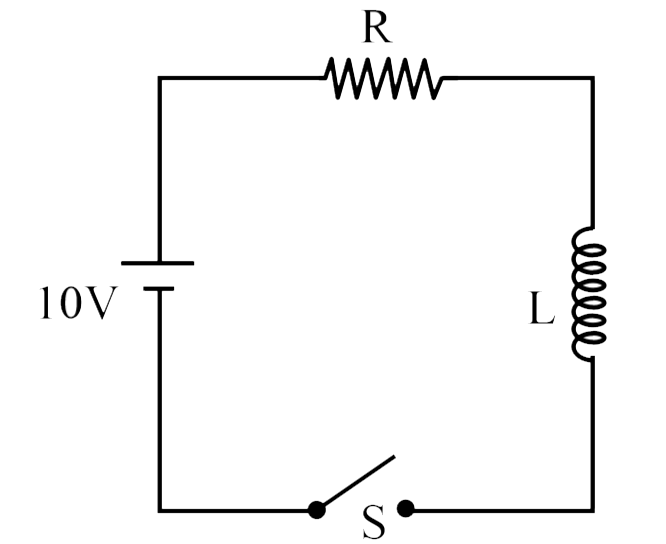
 View Solution
View SolutionAssertion : The pause between the end of the second sound and the beginning of the first sound coincides with ventricular diastole.
Reason : The second sound (dupp) is created by the closure of the semilunar valve.View Solution

